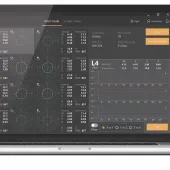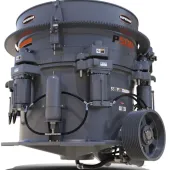An Effective Approach to Conveyor Maintenance
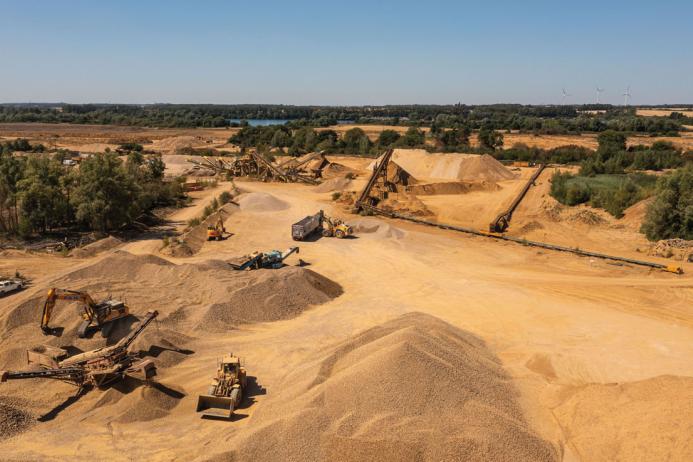
First published in the June 2023 issue of Quarry Management as Blueprint for the Future?
Conveyor technology consultant Leslie David examines a more effective approach to conveyor ‘maintain and repair’ contracts
Whilst some quarry owners employ their own conveyor engineers and maintenance crews, the most commonly found arrangement is where an external vulcanizing and maintenance company is contracted to carry out day-to-day conveyor maintenance, repairs, splicing and belt fitting. This often includes the supply of replacement components such as rollers, drums and the conveyor belts themselves. Payment of outside contractors is usually at pre-agreed contracted rates plus the costs of replacement components and incidental costs such as splicing materials.
Although this has been the norm for many years, at least one UK conveyor contractor, Leicestershire-based MES International, with the willing support of two of the biggest names in quarrying, Aggregate Industries and Tarmac, is proving that there is another much more mutually effective approach. Instead of the usual contracted rates, MES are being paid based on site output. The scheme is currently operational at two sites – Aggregate Industries’ quarry in Little Paxton, Cambridgeshire, and Tarmac’s quarry in Colchester, Essex.
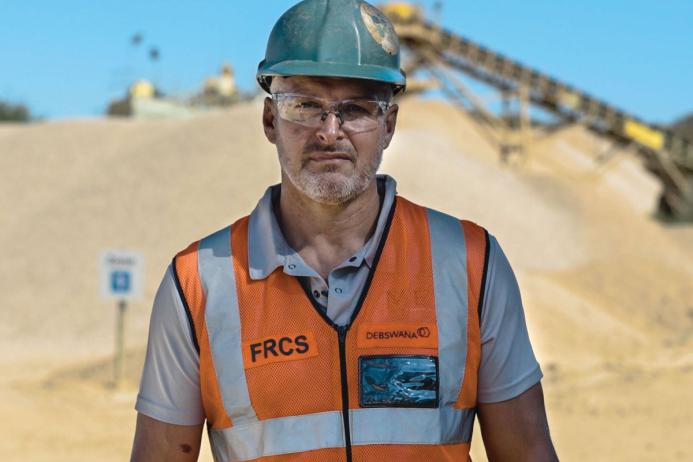
‘Although the principle of payment based on output is the same for both operations, the arrangement is tailored to suit the specific circumstances of each quarry,’ explained MES owner and managing director Paul Anderson.
Little Paxton Quarry
An unusual aspect of the Little Paxton contract is that although Aggregate Industries own the central plant conveyors, all the field conveyors are owned and maintained by MES. This came about a few years ago following a period when the quarry had been ‘mothballed.’ When Aggregate Industries started to look at the viability of re-opening the quarry, they approached conveyor specialists and Dunlop service partner Leicestershire-based MES International. A contract was agreed whereby MES would build, own, and maintain the site’s six field conveyors. In addition, MES were contracted to provide maintenance services for the main plant conveyors, which continue to be owned by Aggregate Industries. Very significantly, it was agreed that MES would be paid a rate per tonne. Included in the tonnage rate was a charge for the rental of the conveyors.
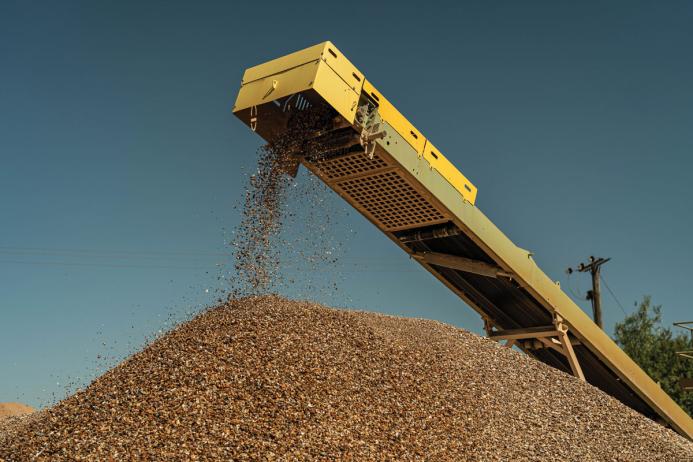
Although the arrangement puts the pressure to maximize output fairly and squarely on their shoulders, MES were happy with the deal. ‘From the very beginning, we saw it as a joint venture and a good arrangement for both parties,’ said Mr Anderson. ‘In our view, if a contractor is charging for carrying out repairs, supplying replacement components and charging labour costs, then you could reasonably argue that there is insufficient incentive for that contractor to provide the highest-quality, most reliable and longest-lasting equipment.
‘Maintenance and vulcanizing service providers of course charge for labour, but the serious money can be made on the sale of replacement components, especially the conveyor belts themselves. However, if that same contractor is, as we are, paid based on output, then it is very much in their best interest to invest in higher-quality components and equipment that will last longer and need less intervention in terms of repairs and replacements. Less unplanned stoppage means greater output; to us, it really is as simple as that.’
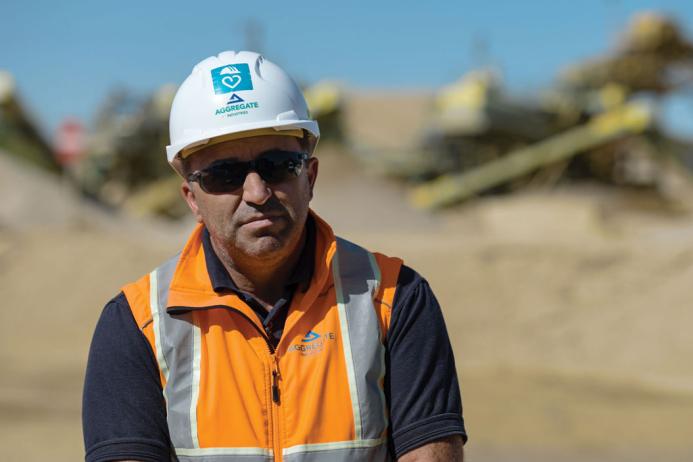
Improvement programme
Working closely with Michael Kyriakos, quarry operations manager at the time (since promoted to area manager), and his team, MES set about implementing a programme of improvements. It is fair to say that those improvements resulted in output gains that far exceeded all expectations. Just how the growth was achieved is something of a revolution within a revolution. One of the first major actions was to build conveyor No. 6, which, at 650m in length, is the longest conveyor on site.
The initial trials took place using a conventional 500/4-ply belt imported from China that had been supplied by a former contractor. MES then replaced it with a revolutionary single-ply Ultra X belt developed and produced by Netherlands-based Dunlop Conveyor Belting. The change to Ultra X was so impressive that MES were encouraged by Aggregate Industries to change the other field conveyors to Ultra X too.

As Michael Kyriakos explained, Aggregate Industries are also steadily replacing their own plant conveyors with Dunlop Ultra X3. ‘We have proved to our company accountants that paying a higher initial price saves the company a lot of money in several ways. First, we no longer have to keep stopping to repair the splices, which of course helps to improve output. Another very important factor is that the Dunlop belts last at least three or four times longer because they have much better rip, tear, and wear resistance. It means that we do not have buy and fit replacement belts so often, which again makes us much more productive. Eventually, every belt on site will be Dunlop. I think that what we have done here both technically and contractually could become a blueprint for many other locations in our company.’
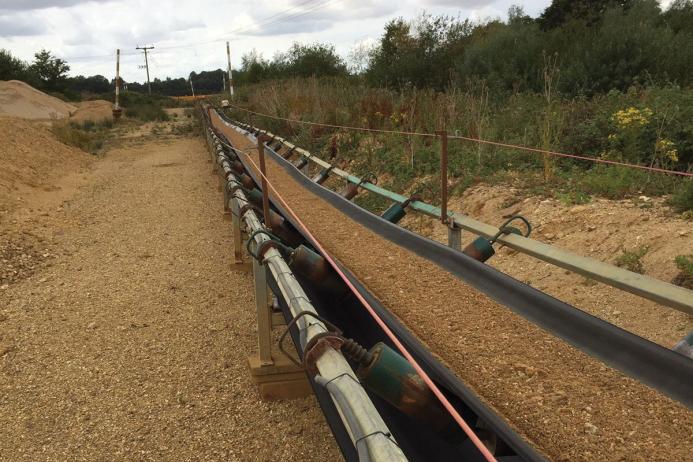
Exceeding expectations
The most important thing in business is results, and although some might argue that MES took a gamble by introducing single-ply-construction belts, Paul Anderson did not see it as a risk. ‘Actually, it would have been much riskier and, ultimately, much less successful if we had stuck with conventional multi-ply belting,’ he said. ‘The results speak for themselves. Before we introduced Ultra X the maximum hourly output was around 170 tonnes, normally less in the winter, but with Dunlop Ultra X belts it has increased to more than 200 tonnes per hour all year round.’
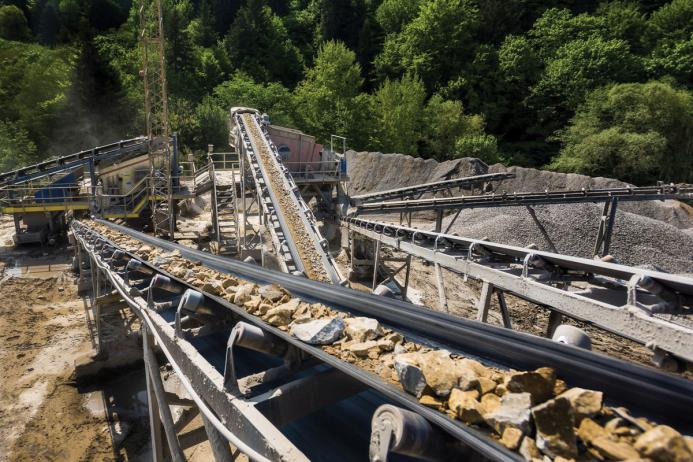
Tarmac Colchester
Actually owning and renting out the conveyors might be considered an exception to the rule, but the circumstances meant that this was best for both Aggregate Industries and MES. Quarry operators can, however, look at other variations on a similar theme, and the ‘rent-to-buy’ arrangement that MES have with Tarmac in Colchester provides a good example of other potential options. As with Little Paxton, the maintenance contract is based on MES supplying both the maintenance personnel and all components such as rollers and conveyor belts in return for a rate per tonne. The crucial difference is that the tonnage rate is formulated on a ‘rent-to-buy’ basis, so Tarmac will own the conveyors outright at the end of the contracted term. The common denominator shared with Little Paxton is that the management of both plants have been delighted with the improved performance brought about by the greater efficiency and improved output created by MES International’s use of Dunlop Ultra X belting.
Overcoming obstacles
Although successful at Little Paxton and Colchester, it is not strictly necessary for the vulcanizing and maintenance service provider to own the conveyors. For example, another option is to simply lease the conveyor belts as part of a ‘supply and maintain’ contract in return for an agreed rate per tonne. Such arrangements provide both site operators and service providers with a ‘win-win’ situation. As many quarry managers will no doubt testify, overcoming the obstacle of obtaining capex approval from head office can be extremely frustrating, so payment based on output can be used to avoid such problems.
Likewise, it can be used to circumvent the kind of budgetary limitations that, quite understandably, are imposed by the purchasing departments of large corporations when a quarry manager wants to improve reliability by perhaps trying a higher-grade, more expensive type of belt. Conveyor maintenance and vulcanizing service providers such as MES, on the other hand, tend to have greater flexibility and can take a longer-term view.
Catalyst for success
The catalyst for the success at Little Paxton and Colchester has clearly been that the conveyor contractors are paid based on output rather than effectively being ‘rewarded’ for each repair, failed component and prematurely replaced conveyor belt, as is the case with conventional ‘maintain and repair’ contracts.
It could well be that by having contractual arrangements that reward the service provider for supplying belts, components and providing a service level that minimizes downtime and maximizes efficiency and output, they have created a winning blueprint for the future. There are certainly lessons to be learned and hopefully what has happened at Little Paxton and Colchester will help set a new trend in the quarrying industry.
Subscribe to Quarry Management, the monthly journal for the mineral products industry, to read articles before they appear on Agg-Net.com


